Description
Read 21 chilling stories about shipwrecks and reportedly true encounters with ghosts, UFOs, bigfoot, and other unexplained phenomena in northeastern Minnesota.
A haunting figure roams a Duluth cemetery. A giant serpent lurks beneath the surface of Lake Superior. A fighter jet vanishes while investigating an unidentified flying object. Northeastern Minnesota seems to be a magnet for paranormal activity, and this collection of 21 “ghost stories” presents the creepiest, most surprising tales of Minnesota’s North Shore.
Local authors William and Kathryn Mayo grew up in Minnesota—with a shared fascination for things that go bump in the night. As adults, the professional writers spent countless hours combing the region for the strangest and scariest run-ins with the unexplained.
Horror fans and history buffs will delight in these chilling tales about haunted happenings, as well as harrowing reports of shipwrecks and animal attacks. They’re based on reportedly true accounts, proving that Lake Superior is the setting for some of the most compelling ghostly tales ever told. The short stories are ideal for quick reading, and they are sure to captivate anyone who enjoys a good scare. Share them with friends around a campfire, or try them alone at home—if you dare.
About the Author
Bill Mayo is a former Duluth resident and has resided in Two Harbors, Minnesota, for more than 25 years. Long a part of the poetry scene of the North Shore and a former Artist-in-Residence for Isle Royale National Park, he has published work in National Geographic Traveler, Poets Who Haven’t Moved to St. Paul, and Zenith City Arts. He also holds an AAS Degree in Human Services and is an enrolled member of the Leech Lake Pillager Band. Whether in a canoe, diving, or walking the beach, the eternal mystery of the lake is always awe-inspiring for him.
Minnesota native and longtime visitor to the North Shore, Kathryn Mayo now resides within view of Lake Superior. Frequent trips “Up North” finally gave over to permanent residence, and Kathryn has drawn on her previous perspective as a visitor in the compilation of these narratives. With an MA in counseling psychology, she has spent her career as a licensed therapist and addictions counselor.
Excerpt. © Reprinted by permission. All rights reserved.
Ghostly Shipmates
O Captain! my Captain! our fearful trip is done;
The ship has weather’d every rack, the prize we sought is won;
The port is near, the bells I hear, the people all exulting,
While follow eyes the steady keel, the vessel grim and daring;
But O heart! heart! heart!
O the bleeding drops of red,
Where on the deck my Captain lies,
Fallen cold and dead.
—Walt Whitman, “O Captain! My Captain!”
Ore boats have long histories. They plow up and down Lake Superior, many of them painted in the same rusty hue as the cargo they carry. They seem unremarkable, especially in the port cities where they come and go with regularity. Many of them, though, could tell stories of storms and struggles worthy of books—if only they could speak.
The American Victory is one such boat. It’s a fitting name for the old ore freighter, though she’s been called by many others. In 1943, she entered military service as the Neshanic. Serving as an oiler, she participated in nearly every major battle in the South Pacific as Allied forces fought their way toward Tokyo. She served her country with honor, was decommissioned in 1945, and received nine battle stars.
In 1947, she was purchased by the Gulf Oil company and renamed the S.S. Gulfoil. She worked hard without mishap for more than 10 years, but then disaster struck in August of 1958.
Sailing empty and outbound from Providence, Rhode Island, on her way to Port Arthur in Texas, the Gulfoil found herself near the mouth of Narragansett Bay, enveloped by a thick fog. Running blind, yet cruising nearly at full speed, the freighter was taken off guard by the sudden appearance of the M.V.S.E. Graham, fully loaded and carrying 600,000 gallons of fuel.
The crew aboard the Gulfoil spotted the Graham too late.
Unable to steer clear of the Graham, the Gulfoil rammed her bow into the tanker, gashing a huge hole in her side. Gasoline poured from the Graham’s wound, while sparks from the collision ignited the explosive cargo. Within seconds, both vessels were wrapped in fire.
Harbor tugs, naval firefighting units, and Coast Guard vessels worked all day, through the night, and into the following day to bring the fire under control. By the time the blaze was extinguished and the smoke cleared, the Gulfoil had lost 17 souls out of a compliment of 38. The Graham didn’t lose a man, her crew having jumped ship moments after the impact.
The remains of the Gulfoil’s captain, Eden Montrivell, were discovered on the ship’s bridge—indicating that he never left his post. Eight more bodies were recovered in the crew’s quarters; another eight were found floating in the sea. The bodies were all removed, though some of the Gulfoil’s crew are said to still inhabit her today.
After Marine Board investigators found both ships at fault— the Graham for not posting a proper lookout and the Gulfoil for faulty navigation and excessive speed—the Gulfoil was moved to the Maryland Shipbuilding and Dry Dock company in Baltimore, Maryland, where she remained until 1960. It was then that the nearly gutted hull was picked up by the Pioneer Steamship Company, rebuilt as a Great Lakes bulk carrier, and renamed the Pioneer Challenger.
A run-in with a submerged rock in Lake Erie cut her tenure with Pioneer Steamship Company short, but her next boss was Oglebay Norton Company, who named her the Middletown. It was during her 44 years of hauling taconite pellets, from the iron ports of the north to the steel mills on the lower lakes, that stories of the paranormal began to surface.
I had the chance to interview a former Middletown crewman named Steve, who experienced several ghostly encounters firsthand. Any seaman will tell you that ship doors are tightly closed. Latches are checked and double-checked, especially in the potentially deadly waters of Lake Superior. So when doors began to mysteriously swing open, Steve knew that something was amiss. Unseen hands seemed to be at work. Perhaps the old crew and the new crew were crossing paths.
Over his remaining days and months aboard the Middletown, Steve’s encounters with the supernatural seemed to escalate. Strange, unnatural occurrences grew in frequency until one night he was awakened from a deep sleep. He was used to awakening in the middle of the night to a pitch-black cabin, but on this night he was able to make out the figure of a man looming over his bunk. The frightful sight snapped him to alertness, which was when he realized the figure was oddly luminescent. Unable to comprehend what he was seeing, Steve stared for a long moment at the glowing phantom and slowly began to grasp that this was no living man. In that moment, the ghost melted away.
To this day, word around the ports of Lake Superior is that this boat carries more crew than is accounted for on the payroll. Yet despite these reports, the boat was sold in 2006 for nearly $120 million. She remains one of the fastest ore boats on the Great Lakes, and as she nears the end of a long career, she finally has a name reflecting her dignity: American Victory. Should you happen to see her on a trip across Lake Superior, look for the proud symbol of her earliest career—the yellow World War II ribbons on her bridge wings. Wish her safe passage and remember those who lost their lives aboard her, those who visit her still in the night’s shadows, loathe to relinquish their orders for a ship “grim and daring.”
Details
- Publisher : Adventure Publications; 2nd edition (September 6, 2022)
- Language : English
- Paperback : 120 pages
- ISBN-10 : 1647553210
- ISBN-13 : 978-1647553210
- Item Weight : 2.31 pounds
- Dimensions : 5 x 0.3 x 8 inches
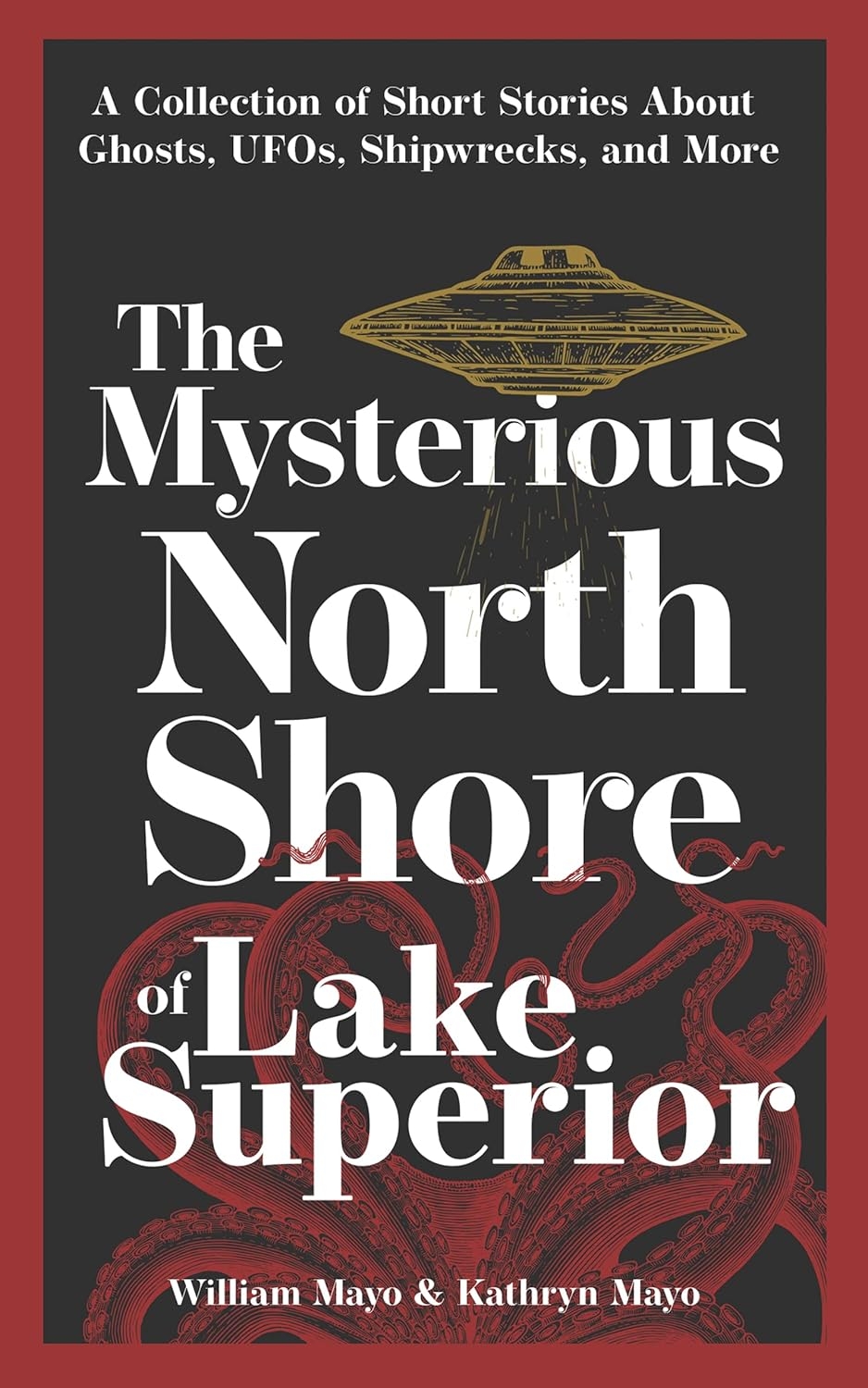


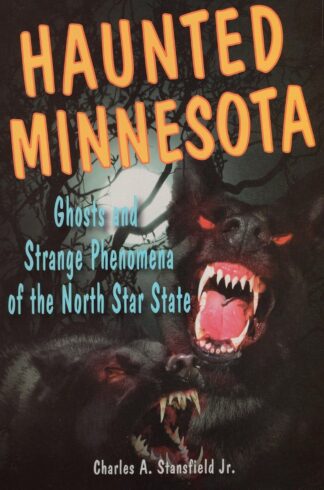
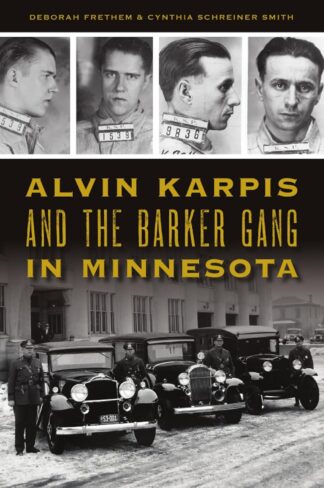



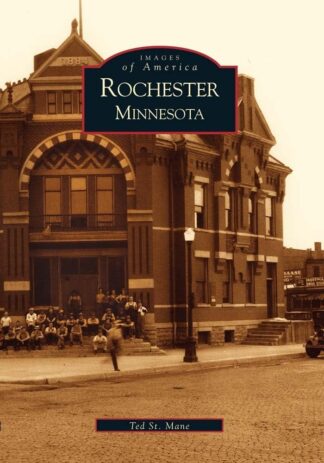
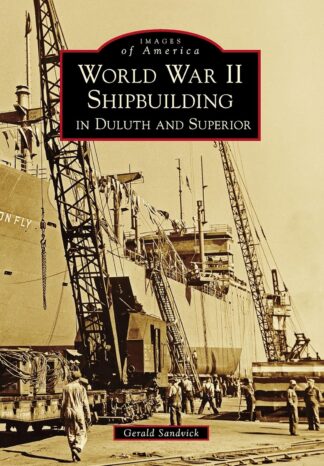



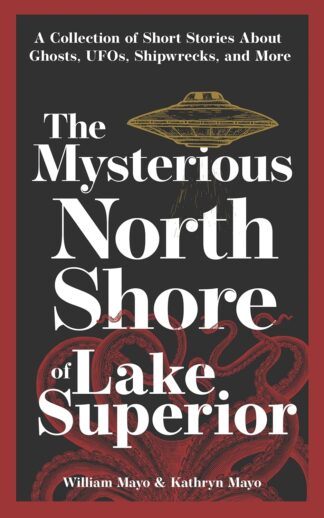
Reviews
There are no reviews yet.